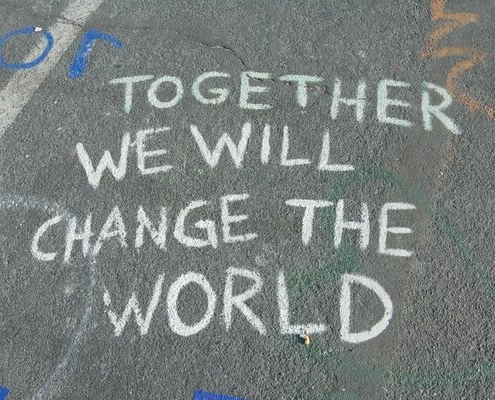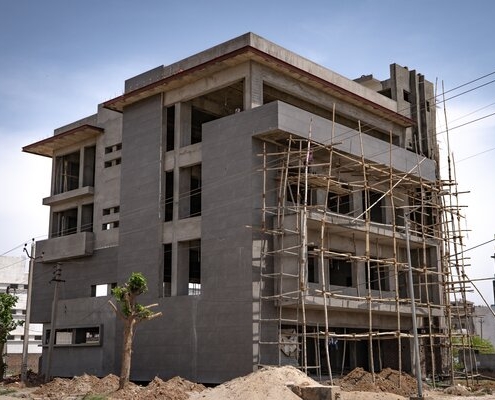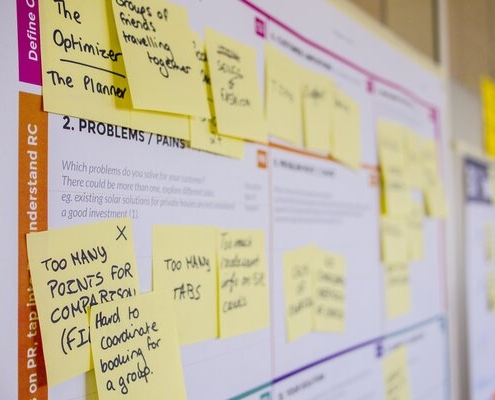Dealing with Unreasonable Expectations

Photo by Lukas Leitner on Unsplash
Key stakeholders sometimes apply significant pressure to achieve unrealistic project goals. Pushing back against these requests can rattle the nerves of even the most experienced project manager! And it can be difficult to convince stakeholders to change their objectives or perspectives. What do you do when you can’t change stakeholders’ minds? Adopt a process that allows you to manage expectations and move the project forward. Here is a four-step approach to make the best of dealing with unreasonable expectations.
Step 1 – Share the facts. Develop a simple and direct argument that outlines your concerns with the project. Use prior project data, industry reference materials, and concerns presented by technical leaders. Your message is likely to be viewed as bad news, so be ready for a strong reaction. It may take a few tries to get your point across, so be persistent to get your message heard. Stick to the facts. Don’t let stakeholder reactions hijack your message into an emotional discussion. You’re sharing information about risks that need to be addressed. Keep in mind, it isn’t your job to prevent senior leaders from taking risks. Your job as project manager is to ensure that stakeholders recognize the risks the project presents. After your discussion, deal with the directions you receive as best you can.
Step 2 – Embrace perspectives. Share project risks across a wider audience and listen for additional stakeholder perspectives. Technical team members may be overloaded with issues or an unreasonable volume of work. Some stakeholders may have interests for their local team that conflict with the best option for the overall organization. All these things may land at your feet to handle. Be understanding and remember – you can address issues through transparent discussion only when stakeholders put their issues on the table. Help others understand these differing perspectives and generate discussions to explore a clearer path to move the project forward.
Step 3 – Be ready to compromise. Don’t be stubborn. As the conversations you arrange unfold, some of your attempts to reduce project risk may be rejected. Seek a reasonable risk management position that allows you to make positive strides toward project delivery. The way forward may not be perfect. However, an 80% improvement in your situation is probably better than damaging a relationship to achieve 90 or 100%. When the environment for project delivery isn’t ideal, put extra monitoring in place to reveal issues as soon as possible. Discuss these areas of concern with your sponsor and in your weekly project meetings.
Step 4 – Demonstrate the path your project is taking. Capitalize on your monitoring to watch for issues. Create metrics that show the impact (or lack of) that areas of risk have on the project. Share the path your project is taking with stakeholders. For example, if you are concerned that key technical resources won’t be available to dedicate enough time to your project, establish a minimum amount of time needed to deliver your project on schedule. Monitor the actual hours your resource dedicates to the project and the completion status of their tasks. Report your results at status meetings to keep people appraised on the status of the risk. If the concerns you raised earlier (in step 1) are having an impact, you will have concrete data to justify your concern, and your stakeholders are more likely to support the changes you need to successfully deliver your project. If all is going well, don’t get complacent! Continue monitoring until the risk possibility has passed.
Do you have any pointers for dealing with unreasonable requests? Share them with us in the comments section!
For more about dealing with unreasonable expectations, check out Natasha Kasimtseva’s Managing Project Stakeholders course.
Coming Up
Next LinkedIn Office Hours will be on Wednesday, June, 1 2022-
Project Management Entrepreneurship Part 2: Skills and Tools
Have you thought about going out on your own as a project manager, instead of being an employee? Seyi Kukoyi, PMP, and Bonnie Biafore, PMP, provide guidance for that journey in the course Become a Project Management Entrepreneur (http://linkedin-learning.pxf.io/PMentrepreneur-li). In this follow-on LinkedIn Office Hours event, Seyi, Bonnie, John Riopel and Oliver Yarbrough discuss the skills and tools you need to be a PM entrepreneur.









